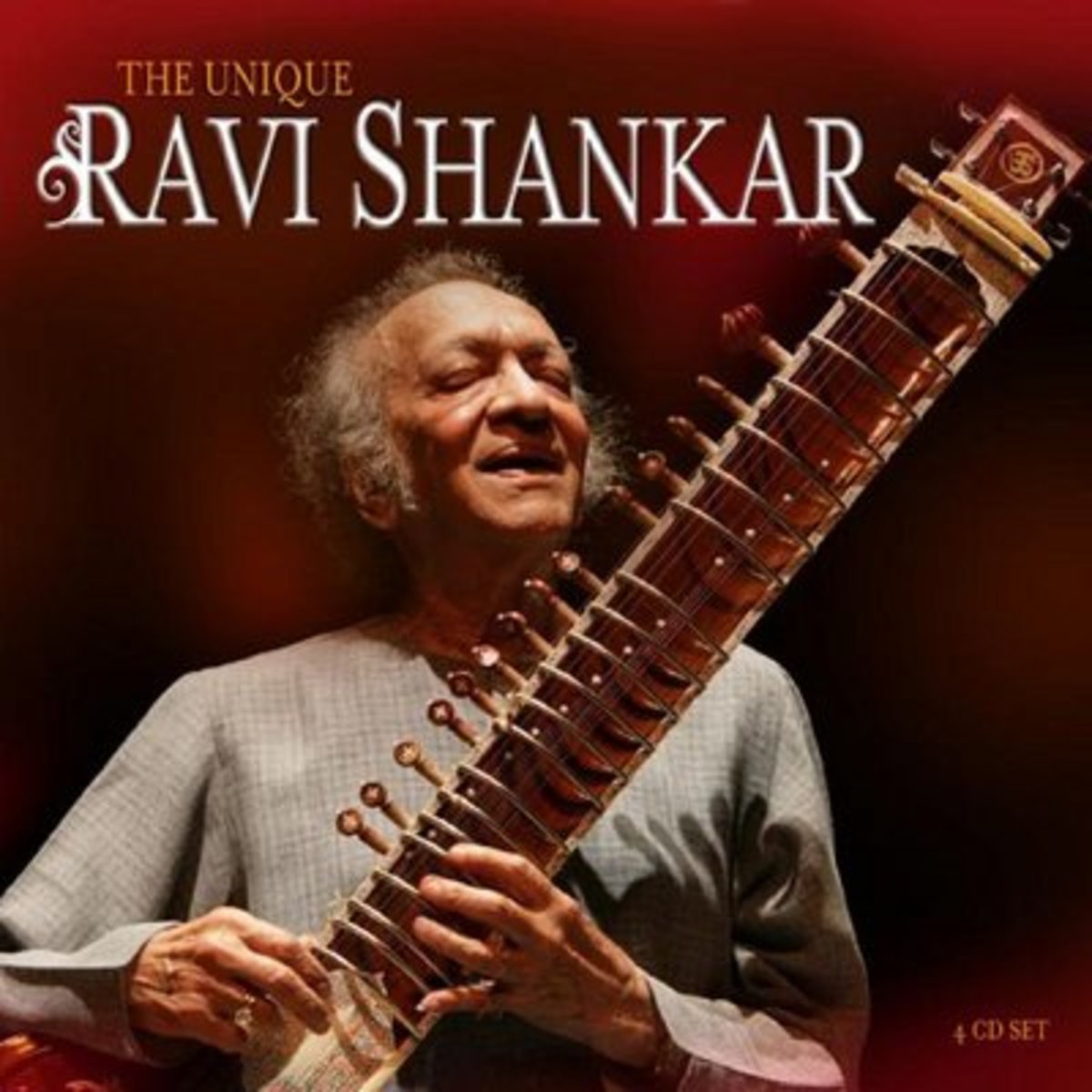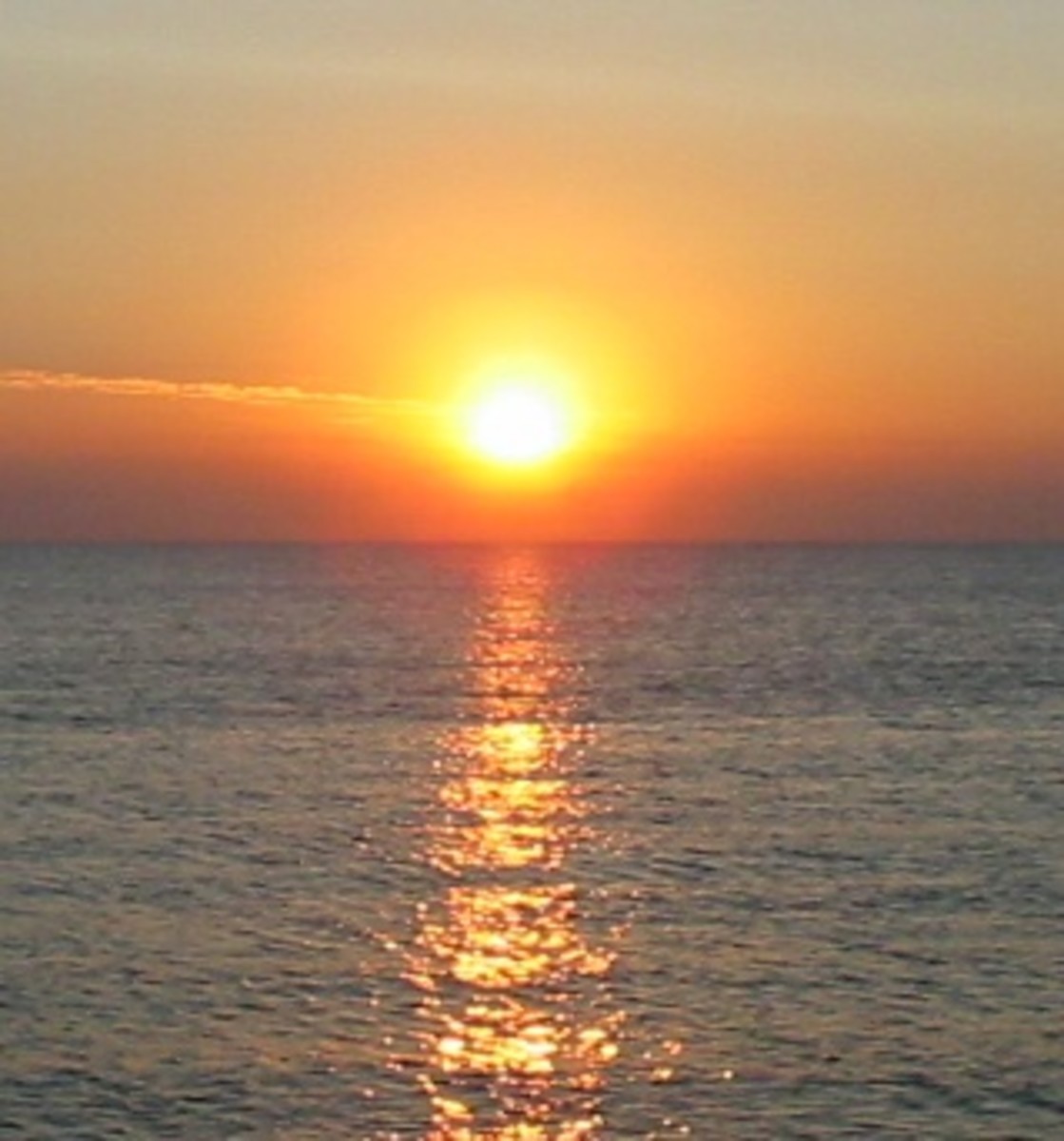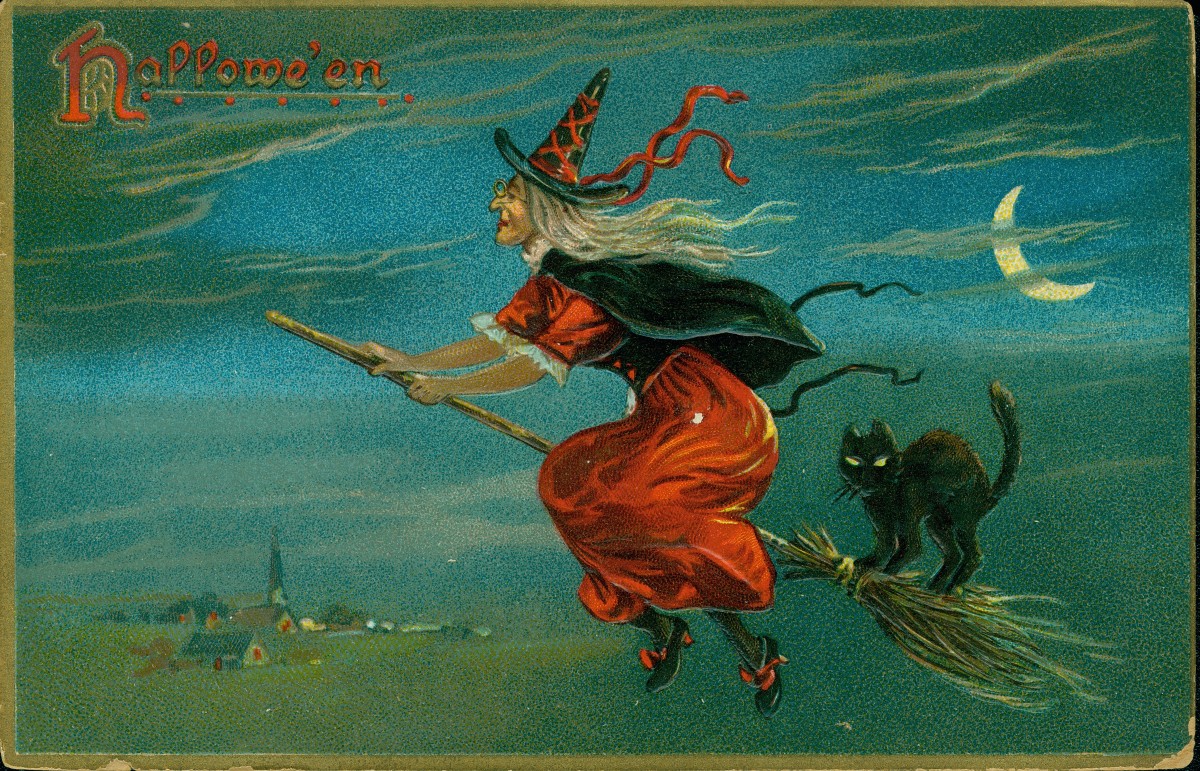A Night At The Symphony: Jean-Philippe Rameau's Pieces de Clavecin en Concerts
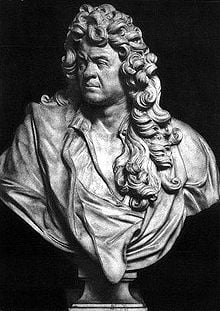
"...the Prince of French musicians...the inventor of that beautiful and grand French Music..." Titon du Tillet's on Lully located on the engraving "Mount Parnassas"
Jean-Baptiste Lully
Jean-Baptiste Lully was born in Florentine Italy on the 28th of November 1632 and died 22nd of March 1687.
Lully moved to France early on in his career and put behind him Italian music theory from the Early Baroque Era to create a new sound in France during the Middle Baroque Era.
He worked primarily under Louis XIV and became known as the master of French Baroque.
His greatest achievement in France was the creation of the French Overture which was used throughout the Middle and Late Baroque Era's and into the Classical Era by composers as famous as Bach and Handel.
Titon du Tillet portrayed Lully in his famous engraving "Mount Parnassas."
So why bring up Lully in a discussion of Jean-Philippe Rameau? Rameau put most of his energy into music theory and gained his fame as a theorist. His theories moved the music of the Middle Baroque into a different direction than Lully.
As we shall see there were two schools of thought the Lullyistes and the Rameauneuns, both parties fought for their use of music theory for over a decade in what I call the "Battle of the Pamphlets."
Lully had been publishing his musical theory and had been the primary source of Telemann's musical education. Rameau also published two treatise's on music theory and later Telemann began to publish his pamphlet "The Faithful Music Master."
The spread of printed theory began to solidify the aesthetics behind composition and the basic music theory that is taught today.
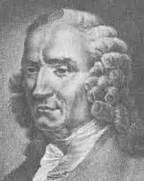
Jean-Philippe Rameau
Jean-Philippe Rameau was born in France on the 25th of September 1683 and died on the 12th of September 1764.
He replaced Lully as the dominant composer of the French Opera and began a lengthy argument with Lully over musical theory.
In 1706 he composed his Pieces de Clavecin Concerts which is his earliest known work. This piece of composition introduced what was called Mondonville or a composition where the Harpsichord not only fulfills the requirements of the Basso Continuo but plays an equal part in the melody with the Viol and Violin.
Rameua was more interested in publishing his musical theory than composing even though he had quite a prolific career as composer.
In 1722 he published his Treatise on Harmony and in 1726 he published his "Nouveau Systeme de Musique Theorique" or his "New System of Musical Theory."
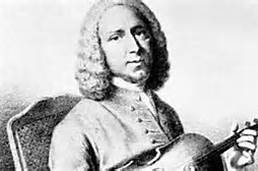
Treatise on Harmony
Rameau's Treatise on Harmony was published in 1722 by Jean-Baptiste Christophe Ballard.
The work instantly became a revolution in musical theory. Rameau used a mixture of mathematics, analysis, structure, principles, and his own philosophy.
He was titled the "Isaac Newton on Music" due to the success of this publication. The foundation of the work is still in practice today.
Treatise on Harmony used major and minor keys to teach the practice of good music according to Rameau. His teaching style was based primarily on the 12 tone music scale.
The book is broken down into four separate books:
I - Harmonic Ratios
II - Chords
III - Composition
IV - Accompaniment
As a musician studying theory one would encounter portions of Rameau's book in the texts of today.
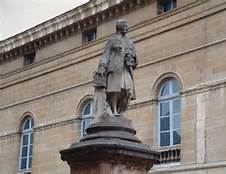
Pieces de Clavecin en Concerts
Rameau's Pieces de Clavecin in Concerts is his earliest known work and exhibits Mondonville, as described above.
We see that the melodic nature of the piece is shared equally between the Harpsichord, the Viol, and Violin.
Mondonville is also heard in some of Bach's early works.
Pieces de Clavecin en Concerts is broken up into five concerts:
1. The Premiere in C Minor
2. The Dexienne in G Major
3. The Troisienne in A Major
4. The Quatrienne in B Flat Major
5. The Cinquienne in D Minor
In Conclusion
I hope you enjoyed Pieces de Clavecin en Concerto and now have a better understanding of the roles of Lully and Rameau in the music of the Middle Baroque Era and the music of today.
I strongly suggest attending a live Symphony performance of any works of the above composers.
Actually, just get out and go the the Symphony and support your local musicians.

